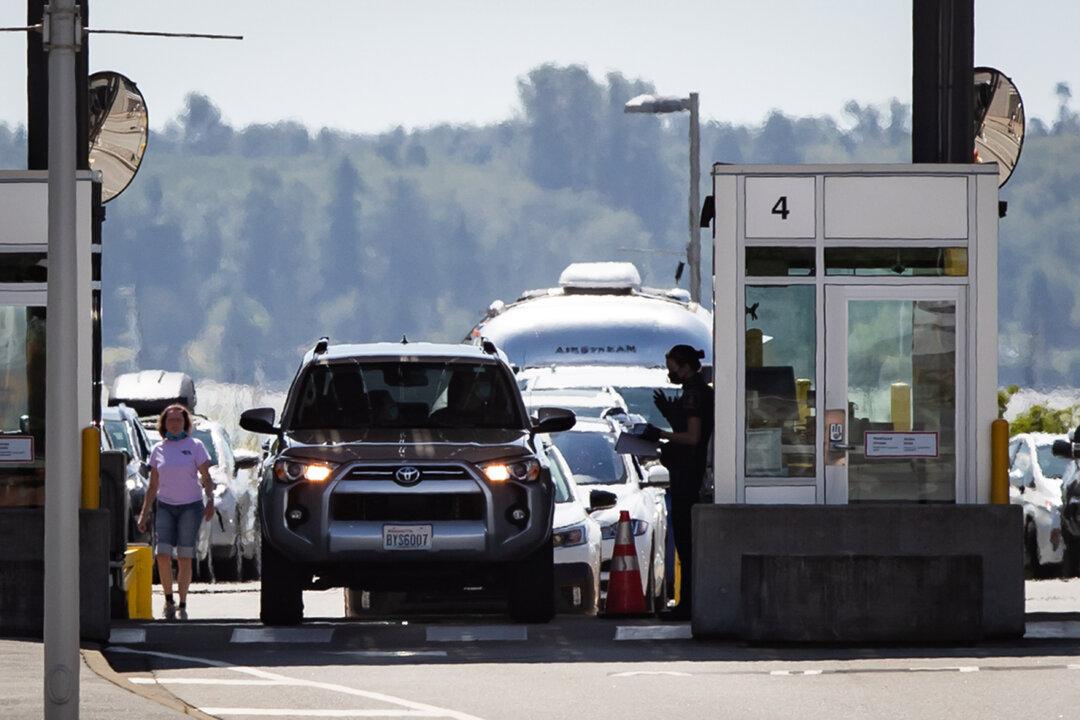Travellers will have a more limited daily time span for crossing the Canada-U.S. border in the new year due to adjustments in operating hours at dozens of land ports of entry, which Canada’s border agency says will “enhance” security for both countries.
The change is coming to 35 Canadian ports of entry beginning Monday, Jan. 6, the Canada Border Services Agency (CBSA) announced in a Nov. 18 news release, noting that the United States is also adjusting service hours at many of its ports of entry.
The reduction in hours “will allow the CBSA to use its resources more efficiently by deploying officers at busier ports of entry,” the agency said. “This will support the CBSA’s ability to process travellers and goods as well as to manage enforcement activities.”
The schedule coordination between the two countries will make it easier to return inadmissible travellers and goods to the other country, a practice that has been difficult in the past when only one side of the border is open, CBSA said.
The time changes vary from port to port, with some border entries reducing operations by one hour while others are cut back by five hours.
“These adjustments are based on an analysis of operational pressures, peak periods, and services required at the ports of entry, to minimize the impacts on border communities,” CBSA said. “Almost all of these ports of entry are processing an average of two or less cars or commercial trucks per hour during the hours that will no longer be in operation, and travellers have an alternative border crossing option within a 100 km radius.”







